This is (an isolated, differential) capture, 1µs/div, of some Profibus communication over about 10m of cable. The first image is typical for about 90% of packets and seem fine. Most are +/-5v with slight deviation from device-to-device as they reply with data. Transitions are ok with a little ringing evident:

But this is what happens when one particular Profibus device replies:

This output is complete garbage and generates Profibus errors. Only from this device... other devices (same bus) work fine. Which seems to infer that the cable must be ok and that this device can listen just fine, since it does try to reply.
From this capture, is it discernible whether the issue is an open terminator at the device, or a damaged transmitter? To me, it looks the transition timings are still good but it's swamped in reflections or some crazy additional inductance, leading to peaks as high as +/-10v. What is going on here?
Edit: suspect device is a Beckhoff brand BK3150 model "PROFIBUS Compact Bus Coupler." There are several, and the others work fine; just one in particular sends garbage. Speed is 1.5Mbaud. Connector is DB-9, such as this.